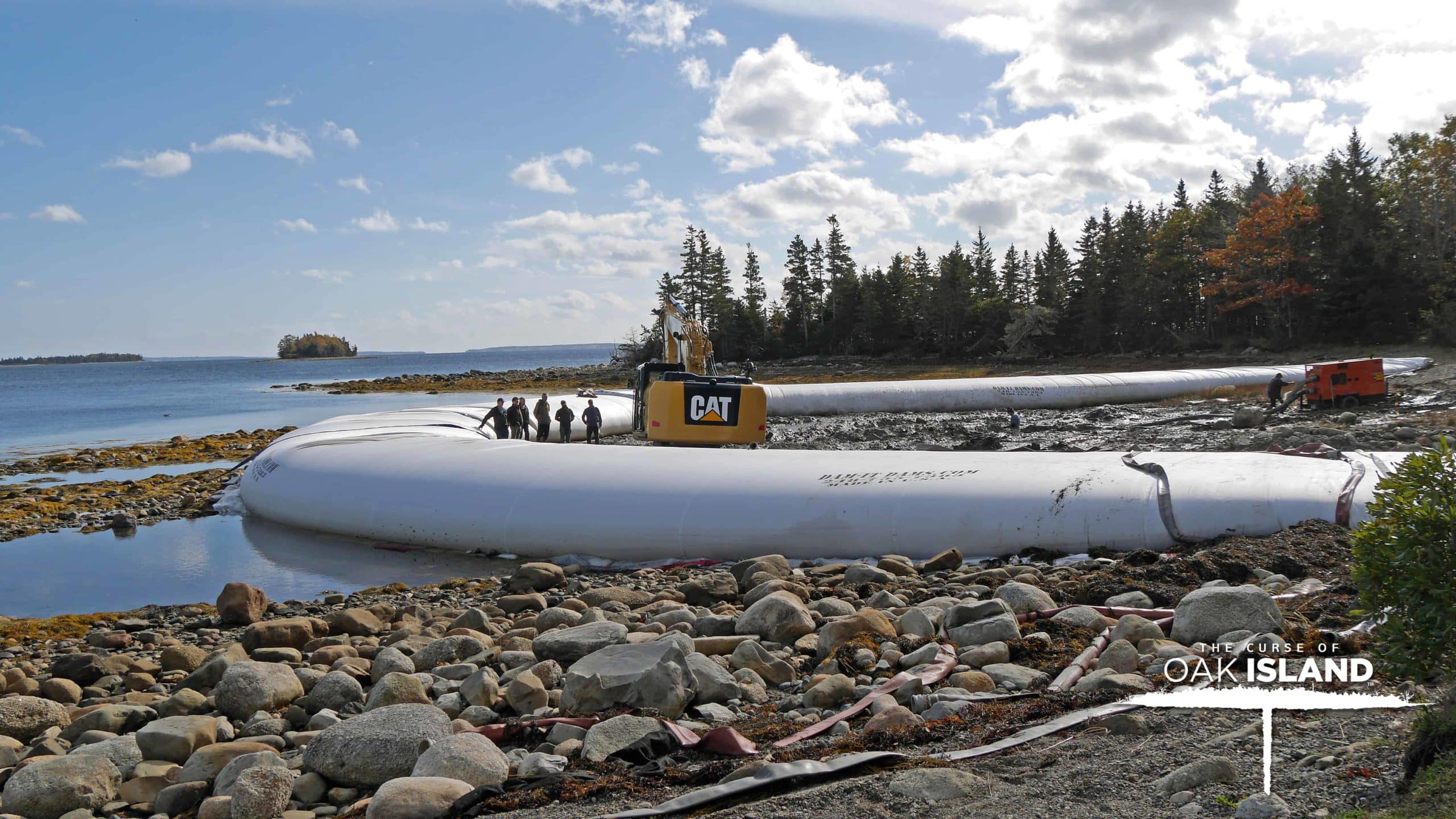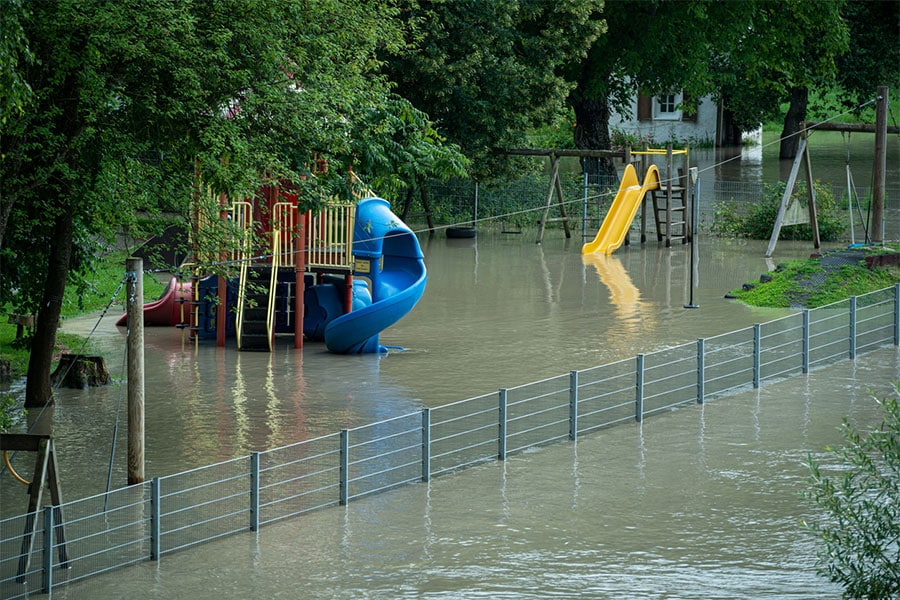On April 16th, 2024, the world was stunned to see devastating images of a desert country flooded after an unprecedented storm in the United Arab Emirates. The flooding started quickly after heavy rainfall overwhelmed the country with the heaviest rainfall seen in the region in nearly a century, leaving five dead and causing hundreds of millions in damages. As our planet continues to warm from climate change, these devastating floods are expected to increase in frequency and intensity. Areas once considered low risk for floods now find themselves at risk. But we are not helpless in the face of these new threats from increasing floods. Educating ourselves and taking proactive steps can protect ourselves and our communities from the risks to life and property that floods can cause. This knowledge is now more critical than ever.
The Dangers of Flood Waters
Flooding is one of nature’s biggest destroyers of property and life at home in the US and worldwide. In the US, flooding is responsible for:
- An average of 127 deaths a year
- Billions of dollars in damages
- 40% of natural disasters
- 100’s of millions of agricultural losses
Even more troubling is that the frequency, intensity, and areas at risk for flooding continue to grow as climate change increases the power of storms and hurricanes. If you live in an area at risk for these floods, learning how to protect yourself and your community with early education on flooding can protect your property and even save your life.
Benefits of Early Education on Flooding
Learning about the danger floods can pose to life and property can empower a community on what steps to take to prepare for a flooding disaster and during a flood. When learning about floods, the first step is to analyze the flooding risks in your area. Areas that are more prone to flooding have risk factors such as:
- Proximity to oceans, rivers, lakes, or other bodies of water
- Living in low-lying areas or a floodplain
- Living in an urban area with concrete and pavement stopping water from being absorbed into the soil
- Living in an area with poor drainage systems
Once you have identified your risks for being in a flood, an emergency preparedness plan should be made in the event of a flood. A good emergency flood response plan should include:
- Utilizing emergency warning systems such as weather forecasts and warnings from state and local authorities
- Building evacuation plans
- Having an emergency preparedness kit
- Locating designated shelters and evacuation routes
- Mitigation factors to protect property like water-inflated cofferdams
By educating yourself and your community about your risk for being in a flood and the steps to take during a flood, you can save lives and protect property from the ever-increasing risk of flooding.
Benefits of Inflatable Cofferdams for Protecting Property and Infrastructure
One of the most effective tools for mitigating the damages that flood waters cause are physical barriers like dams that can provide barrier defense for homes and infrastructure. Dam-It-Dams line of water-inflated cofferdams are the go-to damming systems for holding back flood waters. Unlike other dams that are difficult to deploy and prone to failure, our inflatable cofferdams are:
- Portable and quick to deploy
- Built tough from geo-textile materials
- Environmentally friendly
- Leave little to no trace after they are removed
Our cofferdam systems are the first line of defense for infrastructure and property in floods in the United States and worldwide for many communities at risk of flooding. They can be rented and delivered ahead of time or purchased and easily stored on location until they are ready to be deployed at a moment’s notice. To learn more about the Dam-It-Dams series of water inflated cofferdams, give our team a call at (810) 695-1695 to get a free quote and take the first step to add a powerful flood damage mitigation tool to your emergency preparedness plan.


